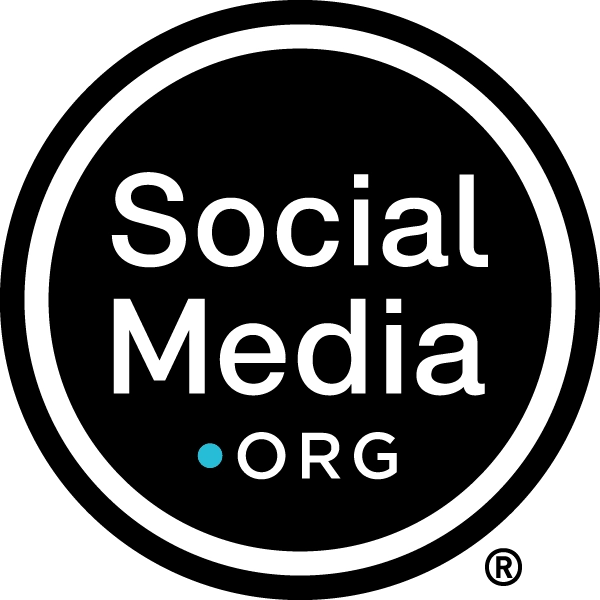Key takeaways:
- Regular updates ensure relevance: Consistently update and audit your social media crisis playbook to adapt to evolving circumstances and maintain effectiveness.
- Involve and train the right people: Ensure the involvement of trained personnel in your crisis management team to guarantee seamless execution of strategies, with a focus on identifying backups for key roles and providing ongoing training.
- Training reinforces preparedness: Prioritize training on crisis protocols to reinforce guidelines outlined in the playbook, ensuring consistency and preparedness among employees.
Developing the structure and the rules of your social media crisis playbook can be a complicated process. It’s critical that your crisis playbook is up-to-date with guidelines to address any crises your company could face.
During a recent SocialMedia.org leadership panel discussion, social media leaders at Walmart, USPS, and Intel shared strategies for updating and auditing your social media crisis playbook.
Here are key steps they say you should take to have strategies in place for addressing crises as they arise.
Update Your Playbook on a Regular Cadence
While it might vary from industry to industry on how often you should update your playbook, it’s clear that a good cadence should be established in your organization.
Reinaldo Parreiras, Global Head of Community at Intel, shared how companies should constantly update their crisis playbook guidelines.
“There isn’t much that changes quarterly or monthly for us,” Reinaldo said. “My team takes ownership of that as well in a very collaborative process where we get feedback from everybody on things that are working or not working, and things that we need to add.”
My team takes ownership of that as well in a very collaborative process where we get feedback from everybody on things that are working or not working, and things that we need to add.
Reinaldo Parreiras, Global Head of Community at Intel
Andrew Nestor, Senior Manager of Digital Strategy and Brand Engagement at Walmart, explained how constant audits of your playbook are essential to establish governance structures.
“We’re doing ours quarterly. And a lot of that is because we use it for our team and for leadership,” he said. “But then we also have agency support that’s using this to base who they’re doing escalations to and who they’re sending them to.
One example Andrew shared was how their pest management team could have a person change roles and how their agency support needs to be able to contact the correct person.
“We have to be sure that’s updated, so that when the agencies are escalating things that they’re seeing, they’re flagging us as well,” Andrew said. “But we have to make sure that they’re escalated to the current and right person as well. And so just trying to keep that current is an ongoing task.”
Creating a good cadence for how often you should update your playbook can be critical in updating governance.
Make Sure the Right People are Involved
Andrew shared how making sure the right people are involved is important for successful crisis playbooks.
“If we have something go wrong, or somebody’s on PTO, we can know who’s the backup for this, who can publish this,” Andrew said. “It’s a lot of tedious work on the front end to get this all set up. But it’s one of those things where we can also show growth and eventually get to a place where we can ask for more from leadership.”
Part of making sure the right people are involved is making sure people are trained on your crisis playbook when entering new roles.
It’s a lot of tedious work on the front end to get this all set up. But it’s one of those things where we can also show growth and eventually get to a place where we can ask for more from leadership.
Andrew Nestor, Senior Manager of Digital Strategy and Brand Engagement at Walmart
Mary Beth Levin, Social Media Strategy and Analytics Manager at USPS, also shared how when people are out of office, a governance structure helps establish who is responsible for specific duties.
“If you have 10 people working on a project, and it’s the same project, that kind of starts driving everyone nuts on day two,” she said. “Developing that infrastructure so that people can see immediately who’s working on what and getting their questions answered was really helpful.”
Train People on Your Governance Structure
Mary Beth shared one major component for updating their governance structure: making sure people are trained on their playbook.
“Developing that infrastructure so that people can see immediately who’s working on what and getting their questions answered was really helpful,” Mary Beth said. “It took a while to get that just right for us. Training is still a challenge.”
Reinaldo agreed on the importance of training and how it helps reinforce guidelines for when your crisis playbook is updated.
Developing that infrastructure so that people can see immediately who’s working on what and getting their questions answered was really helpful.
Mary Beth Levin, Social Media Strategy and Analytics Manager at USPS
“Once that is done, we start delivering and then presenting it in training to everybody on that playbook, which we do often,” Reinaldo said. “Every time that there is a crisis, we tend to use that moment to re-educate and reinforce those guidelines and recommendations that we have in the playbook.”
Reinaldo noted how consistency is important to make sure everyone is up-to-date on guidelines.
“It’s not a once a year training that we provide,” he noted. “Every opportunity we have, we are making sure that we are using those amazing slides that we create, and then we share it again with everybody and then say, ‘Hey, this is how we’re gonna approach things’.”
Benchmark With Your Peers to Learn More
Mary Beth Levin, Reinaldo Parreiras, and Andrew Nestor shared these insights during SocialMedia.org’s leadership panel on brand reputation and activating your social media crisis playbook.
They shared more on identifying risks on social media and best practices and tools for social listening.
While these insights help social media leaders benchmark their strategies, SocialMedia.org members have more opportunities to strategize their initiatives directly with their peers in our confidential, vendor-free community.
If you lead social media at a large organization, you have the opportunity to benchmark with your peers every day and learn more about activating your social media crisis playbook.


